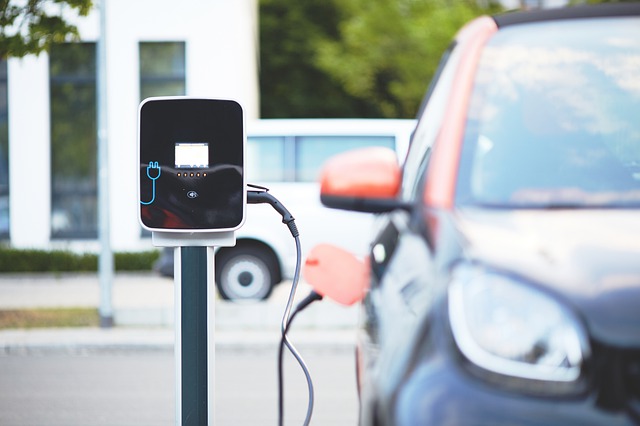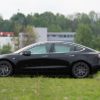
There are two types of charging that can be done to an electric vehicle. According to the Environmental Protection Agency, these are known as fast charging and slow charging for electric vehicles. The first type of charging is called fast charging which charges your electric vehicle in roughly 3 hours or less. The second type of charging is called slow charging which charges your car in roughly 10 hours or more.
Fast Charging

Fast charging works by using direct current (DC) electricity from a common outlet with special hardware. This will allow for quicker recharge times as the battery pack only needs around three hours as opposed to ten like it would take with regular outlets. These types of chargers vary in voltage amperage but generally fall between 16-21 amps. Depending on the battery type, an electric vehicle charging station is used which will allow for faster recharge times.
Slow Charging

Slow charging works more like your mobile phone or laptop, and since it uses alternating current (AC), you will need an electrician to install a dedicated outlet in your garage for this use. This is generally more cost-effective than fast charging because of the time and installation costs associated with these types of chargers. For every eight hours plugged into a slow charger, roughly five miles can be driven depending on the vehicle and driving habits of the driver. However, if left too long without being used, you may experience difficulty later starting your car due to the battery pack.
How to Charge a Vehicle
Charging your electric vehicle is very similar to how you would charge your phone, laptop, or tablet. Simply plug the charger into the outlet and then plug it into the car. You can buy one from an automotive store or online from sites such as Amazon that have a variety of options available for all types of charging needs.
What You Need to Know About Charging Your Car
You must have a good understanding of all things related to recharging your vehicle’s battery pack before using fast chargers. This includes being aware of how much time is left on the recharge cycle so that you know when it will be finished and if there was any problem with maintaining a complete recharge cycle or not.
There are many types of places where you can charge your electric car:
Public Charging
If you don’t have access to a charger at home or if you need to charge your EV while away from home, there are plenty of public electric vehicle charging station options available. In some cases, businesses will offer free charging as an incentive for customers to visit their location. You can find public chargers by using an online map or app, or by looking for signage at parking lots and other locations.
It’s important to note that not all public chargers are created equal. Some offer a higher power output than others, which means they can charge your EV faster. The type of charger (AC or DC) also matters, so it’s a good idea to do some research before you go out and start charging your car.
Charging at Home
The best way to charge your EV is through a home electric vehicle charging station. This is usually an AC charger that plugs into a standard wall outlet. Most new EVs come with a home charging station included as part of the purchase price, but if you don’t have one you can buy one for around $200-300.
Home charging stations usually have an output of 7-10 kW, which means they can fully charge an EV in 3-4 hours. Some newer models offer a higher power output of up to 22 kW, which can reduce charging times to 1-2 hours.
Charging at Work
If you don’t have a home electric vehicle charging station, you may be able to charge your EV at work. Check with your employer to see if they have installed a charging station or if they are willing to do so. Many businesses are beginning to offer this service as more and more people are buying EVs.
Workplace charging stations usually have a lower power output than home chargers (usually 2-3 kW), so it will take longer to charge your car. But, it’s better than not having a way to charge at all.





